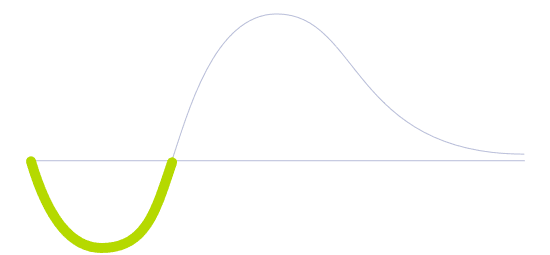Cognitive Twin

Technology Life Cycle
Initial phase where new technologies are conceptualized and developed. During this stage, technical viability is explored and initial prototypes may be created.

Technology Readiness Level (TRL)
Validation is conducted in relevant environments, where simulations are carried out as close to realistic circumstances.

Technology Diffusion
First to adopt new technologies. They are willing to take risks and are crucial to the initial testing and development of new applications.

A computer simulation mounted on 3D digital models replicating physical entities with self-improvement faculties. Unlike digital twins, which serve as simulation models of physical objects, cognitive twins actually can make decisions and improve their architecture autonomously.
Cognitive twins are, by definition, digital decision-making agents powered with machine-learning algorithms that can repair themselves from the inside out, providing all kinds of insights. In a factory environment, for instance, a cognitive twin of the whole factory could receive IoT data gathered in different sectors, using this background knowledge to come up with improvements without human supervision.
This self-aware digital replica can simulate entire ecosystems where the cognitive twin itself digitally tests many variables. Accordingly, controllers and programmers can build statistical models that identify mathematical relationships using data and then create simulations based on those equations, allowing the measured traits to play out on the screen. Any AI generative solution works by programming constraints into the algorithms and waiting to resolve an equation that obeys the initial code rules. This way, human biases do not limit the final design or specific solution.
Future Perspectives
Being human, we are often blinded by our evolutionary tools of survival, to the point of not being able to imagine different approaches to problems. We tend to build on old concepts without questioning their fundamentals. By allowing an artificial cognitive agent to be creative on its terms, we are freeing humanity of our shortsightedness. Cognitive twins are not replacing humans in any sense; instead, they sum up forces, creating an overall stronger team with humankind.
Image generated by Envisioning using Midjourney